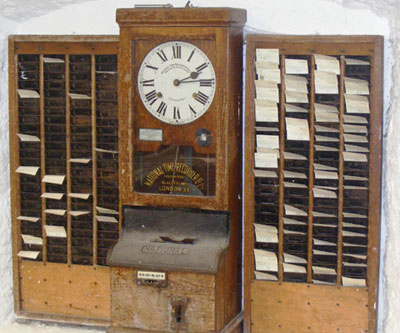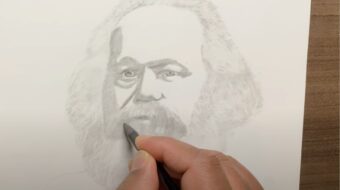
On this day in 1888, the employee time clock was invented by Willard Bundy, a jeweler in Auburn, N.Y. Bundy’s brother Harlow started mass producing them a year later.
This mechanical or electrical timepiece tracked the hours an employee worked and was used by the employer to calculate pay. This flawed method was based on the employer’s idea of economic vitality – profits.
Today’s workers punching the time clock face such critical issues as wage theft, unpaid overtime and low wages that do not meet the cost of living.
Struggles to raise the minimum wage, the fight for better wages and working conditions and for union representation, as well as legal victories for back pay are some ways that men and women in the work force along with unions, community organizations, campus groups, faith based groups and others punch back today.
In economic terms, workers are compelled to produce far more value for the capitalist than they are paid in wages – they produce more than the cost of maintaining their ability to work, their labor power. This is the source of surplus value for a small class of people who own the means of production such as factories and mines, along with big box stores and fast food places.
Every gain for workers in wages, equal pay, health benefits, etc., comes out of this surplus value, the surplus value that make some few people billionaires while working people punch the clock.
Photo: Time clock in a museum. Wikimedia Commons.










